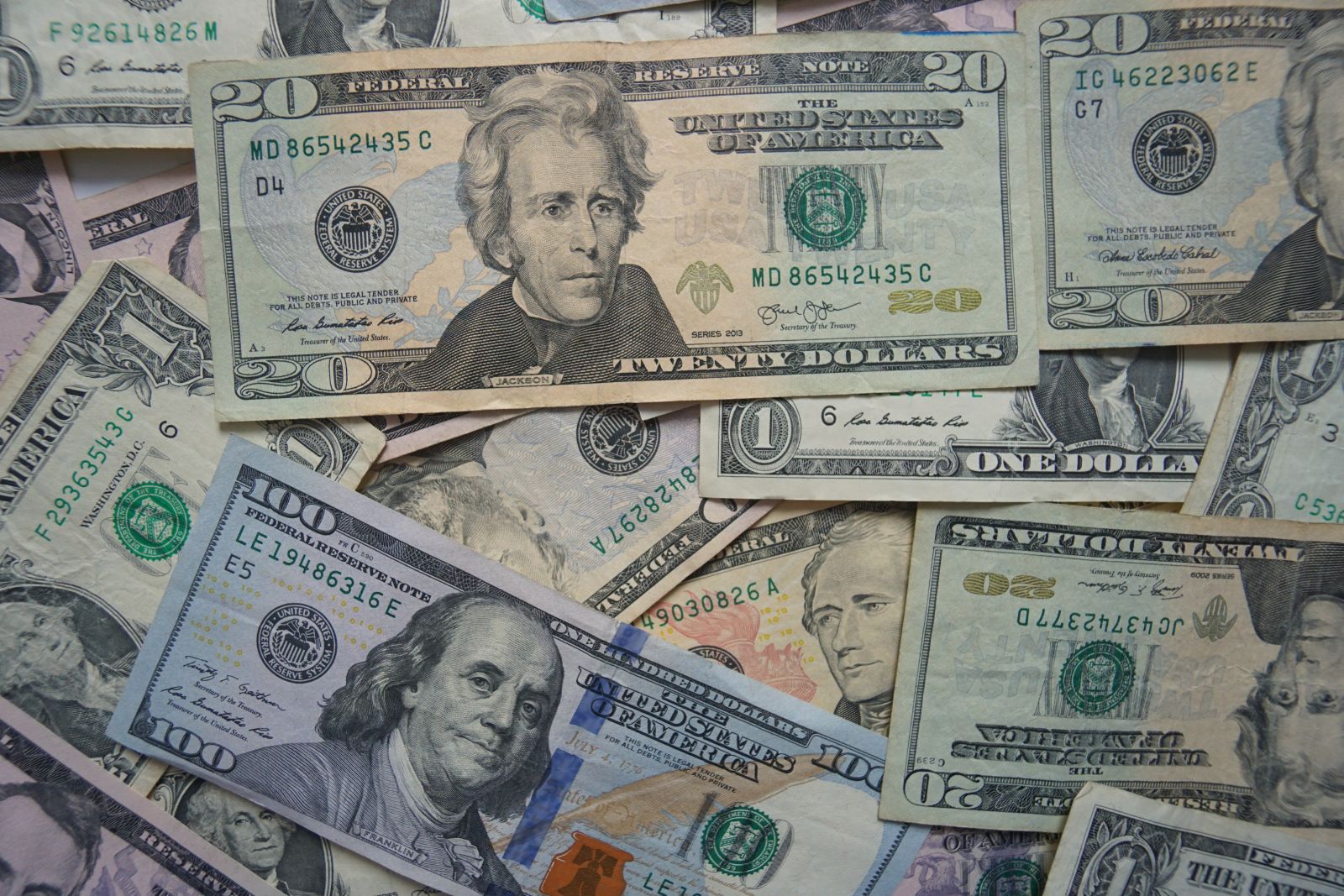
The dollar index (DXY00) today is up by +0.05%. The dollar today recovered from early losses and posted modest gains on signs of strength in the US economy after the Jun MNI Chicago PMI rose more than expected to a 7-month high and the University of Michigan US Jun consumer sentiment index was revised higher than expected. Also, hawkish comments from Richmond Fed President Barkin boosted the dollar when he said that Fed policy may not be as restrictive as perceived.
The dollar today initially moved lower after the US May core PCE price index, the Fed’s preferred inflation gauge, eased to +2.6% y/y, the slowest pace in 3 years, which improves the chances of Fed interest rate cuts this year. Also, the strength in stocks today has reduced the liquidity demand for the dollar.
US May personal spending rose +0.2% m/m, weaker than expectations of +0.3% m/m. May personal income rose +0.5% m/m, stronger than expectations of +0.4% m/m.
The US May core PCE price index eased to +2.6% y/y from +2.8% y/y in April, which was right on expectations and the slowest pace of increase in 3 years.
The US Jun MNI Chicago PMI rose +12.0 to a 7-month high of 47.4, stronger than expectations of 40.0.
The University of Michigan US Jun consumer sentiment index was revised upward to 68.2 from 65.6, stronger than expectations of 66.0.
Richmond Fed President Barkin said, "Given the remarkable strength we are seeing in the economy," he is open to the idea that the longer run rate that keeps supply and demand in balance "has shifted up somewhat" and that policy may not be as restrictive as perceived.
The markets are discounting the chances for a -25 bp rate cut at 10% for the July 30-31 FOMC meeting and 65% for the following meeting on Sep 17-18.
EUR/USD (^EURUSD) today is little changed, down by -0.01%. The euro today is under pressure from weaker-than-expected German labor news for June. Also, Eurozone inflation expectations eased in May, a dovish factor for ECB policy. The upside in the euro is limited by French political uncertainty ahead of Sunday’s snap legislative election in France.
The Eurozone's May ECB 1-year inflation expectations eased to 2.8% from 2.9% in Apr, the slowest pace of increase in 2-1/2 years. The May 3-year inflation expectations eased to 2.3% from 2.4% in April, the slowest pace of increase in 2-1/4 years.
German Jun unemployment rose by +19,000, showing a weaker labor market than expectations of +15,000. The Jun unemployment rate rose +0.1 to a 3-year high of 6.0%, showing a weaker labor market than expectations of no change at 5.9%.
Swaps are discounting the chances of a -25 bp rate cut by the ECB at 12% for the July 18 meeting and 66% for the September 12 meeting.
USD/JPY (^USDJPY) today is down by -0.17%. The yen recovered from a 37-year low against the dollar today and is moderately higher. Today’s Japanese economic news was hawkish for BOJ policy and boosted the yen after May industrial production rose more than expected and Jun Tokyo CPI accelerated. Gains in the yen accelerated today as T-note yields fell.
Japan's May industrial production rose +2.8% m/m, stronger than expectations of +2.0% m/m.
Japan Jun Tokyo CPI accelerated to +2.3% y/y from +2.2% y/y in May. Jun Tokyo CPI ex-fresh food and energy accelerated to +1.8% y/y from +!.7% y/y in May.
Swaps are pricing in the chances for a +10 bp rate increase by the BOJ at 59% for the July 31 meeting and 24% for the September 20 meeting.
August gold (GCQ4) today is up +6.20 (+0.27%), and July silver (SIN24) is up +0.482 (+1.67%). Precious metals today are moderately higher, with gold climbing to a 1-week high. Precious metals rose after today’s US May core PCE price index, the Fed’s preferred inflation gauge, rose at the slowest pace in 3 years, which improves the chances that the Fed will cut interest rates this year. Also, the safe-haven demand for precious metals has increased due to political uncertainty in France ahead of Sunday’s snap legislative election. In addition, an increase in US inflation expectations supports gold demand as an inflation hedge after the 10-year breakeven inflation rate rose to a 2-week high today.
Precious metals fell back from their best levels today after the dollar recovered from early losses and moved higher. Also, today’s stock rally has curbed some safe-haven demand for precious metals. In addition, hawkish comments today from Richmond Fed President Barkin were bearish for precious metals when he said Fed policy may not be as restrictive as perceived.
On the date of publication, Rich Asplund did not have (either directly or indirectly) positions in any of the securities mentioned in this article. All information and data in this article is solely for informational purposes. For more information please view the Barchart Disclosure Policy here.






